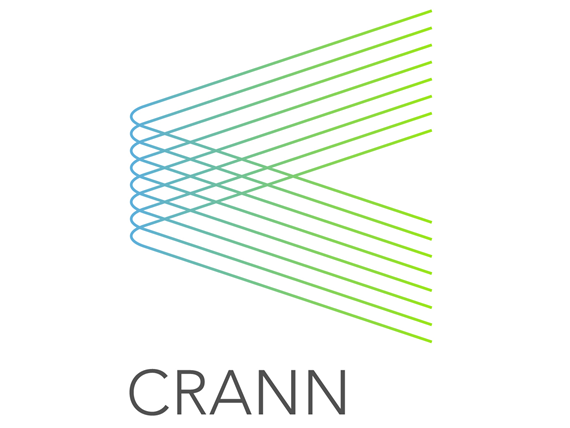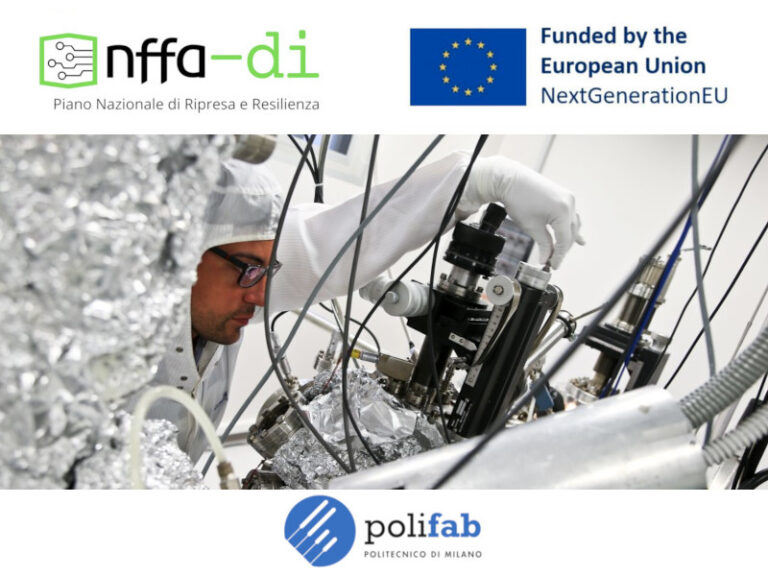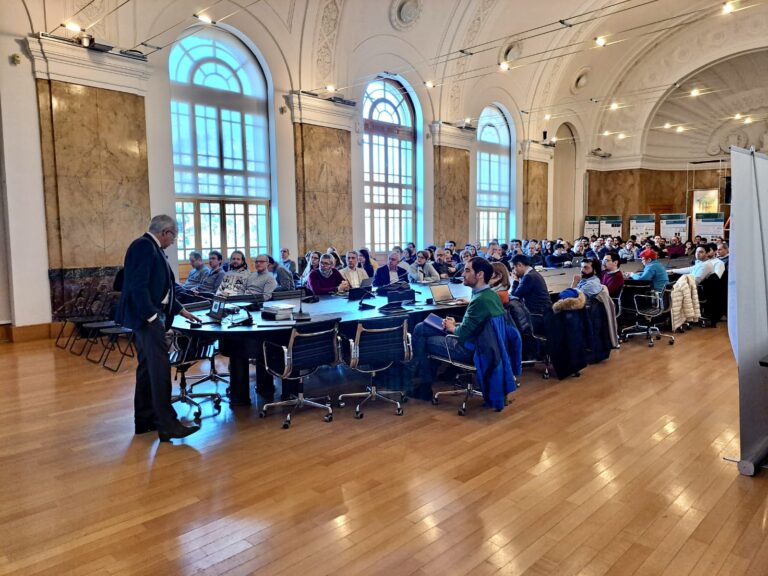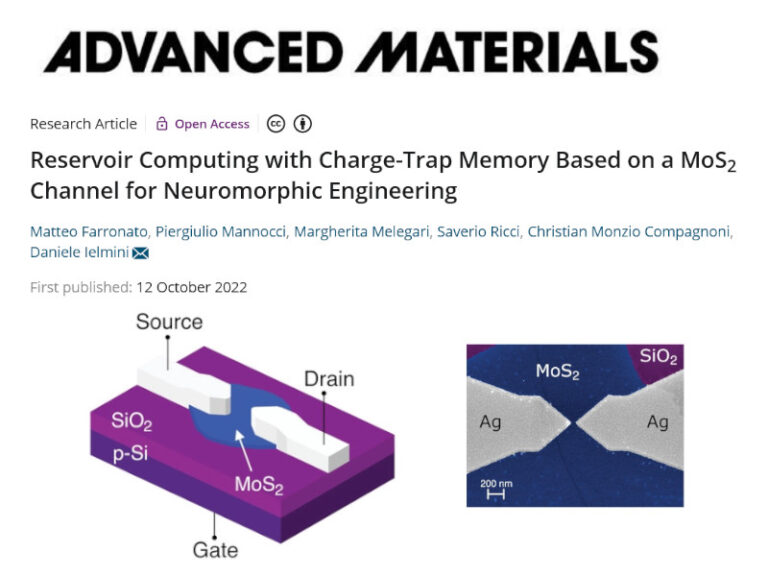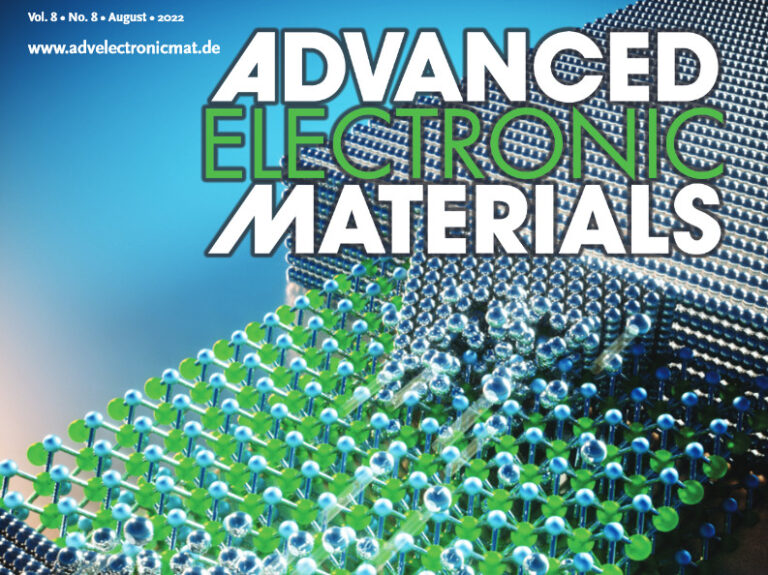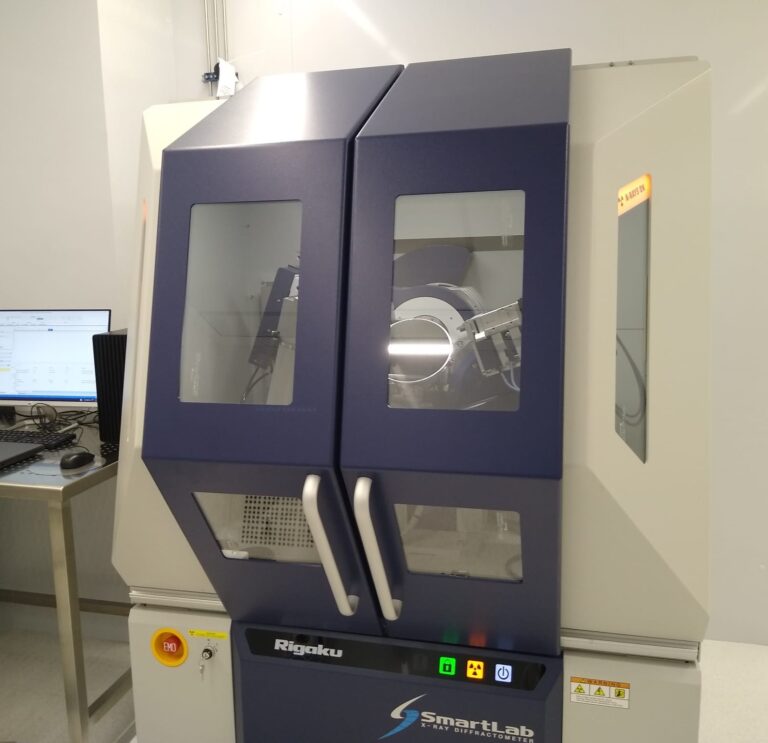In standard spintronics devices, such as magnetic tunnel junctions, the tunneling barrier constitutes a
passive element, whose only function is that of separating, both electronically and magnetically, the two
magnetic electrodes. One, however, can construct tunnel junctions where the insulator (most commonly
MgO) is replaced by an insulating material presenting a macroscopic order of some kind. Here we explore,
theoretically, the possibility of using either ferrimagnetic insulators or ferroelectric compounds. In the first case we show that ferrimagnetic spinel ferrites CoFe2O4 and NiFe2O4 can act as spin filtering barriers in magnetic tunnel junctions.
The spin-polarization of the current, however, depends sensibly on the precise alignment between the Fermi level of the electrodes and the ferrites valence band, so that magnetoresistance with different sign can be obtained with the same tunnel barrier. In contrast, when one uses a ferroelectric material, it is possible for magnetoresistance and electroresistance to coexist. This is demonstrated for the case of an all-oxides spin-valve in which the barrier is a complex SrTiO3/BaTiO3 layer, while the electrodes are made of SrRuO3. Intriguingly the magnitude of both the magnetoresistance and the electroresistance can be tuned by the thickness of the SrTiO3 layer.
Prof. Stefano Sanvito, Chair in Condensed Matter Theory, leads a very active group in computational materials science (www.spincomp.eu). He develops and distributes the Smeagol code, and has interests in magnetic materials, spin electronics, spin-dependent transport including transport in single-molecule organic systems. He has ~220 publications, and an h- index of 38 (>5,500 citations). He is currently the Director of the Centre for Research Nanostructures and Nanodevices (CRANN).
At Polifab, via Giuseppe Colombo 81 Milano – Aula Zaffiro
On Thursday, October 22nd 2015
From 2.30 pm to 3.30 pm.
